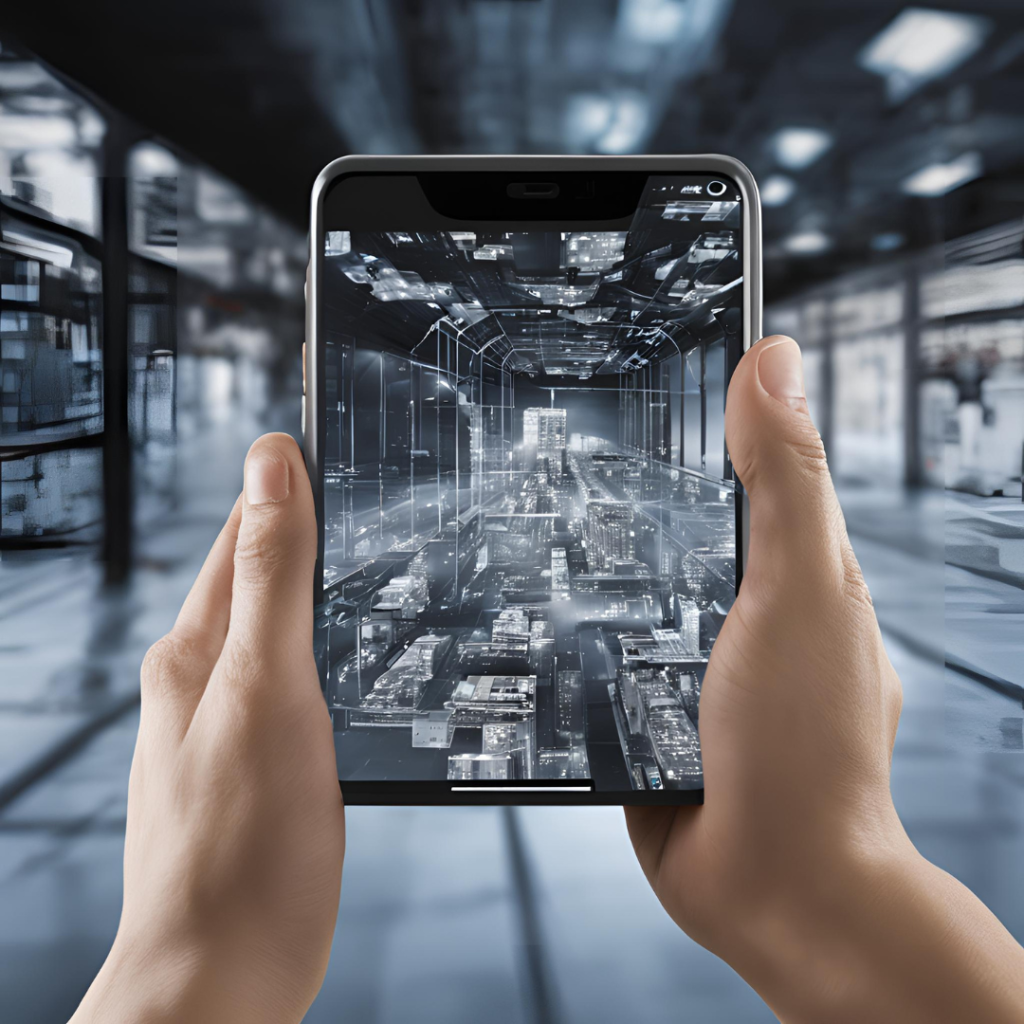Augmented reality (AR) is rapidly transforming how we interact with digital content by overlaying virtual elements onto the real world. This technology enhances user experiences across various applications, particularly in new software solutions that combine real-time data with physical environments. For instance, AR can be used in mobile applications to provide users with contextual information about their surroundings, such as identifying landmarks or displaying historical data when pointing a device at a building. This blend of the digital and physical worlds opens up new possibilities for education, tourism, and navigation.
In the industrial sector, AR software is proving invaluable for training and maintenance. By using AR glasses or mobile devices, technicians can receive real-time guidance and overlays while performing complex repairs or assembly tasks. For example, AR applications can display step-by-step instructions, highlight components, and even simulate equipment operations. This not only accelerates training processes but also reduces the likelihood of errors, ultimately leading to increased efficiency and safety on the job.
Moreover, AR is making waves in retail by enhancing the shopping experience. New AR applications allow customers to visualize products in their own spaces before making a purchase, such as placing virtual furniture in a room or trying on clothes virtually. This immersive shopping experience helps consumers make more informed decisions, ultimately driving sales and customer satisfaction. As AR technology continues to evolve, its integration into new software solutions will further bridge the gap between the digital and physical worlds, creating innovative opportunities for businesses and consumers alike.

